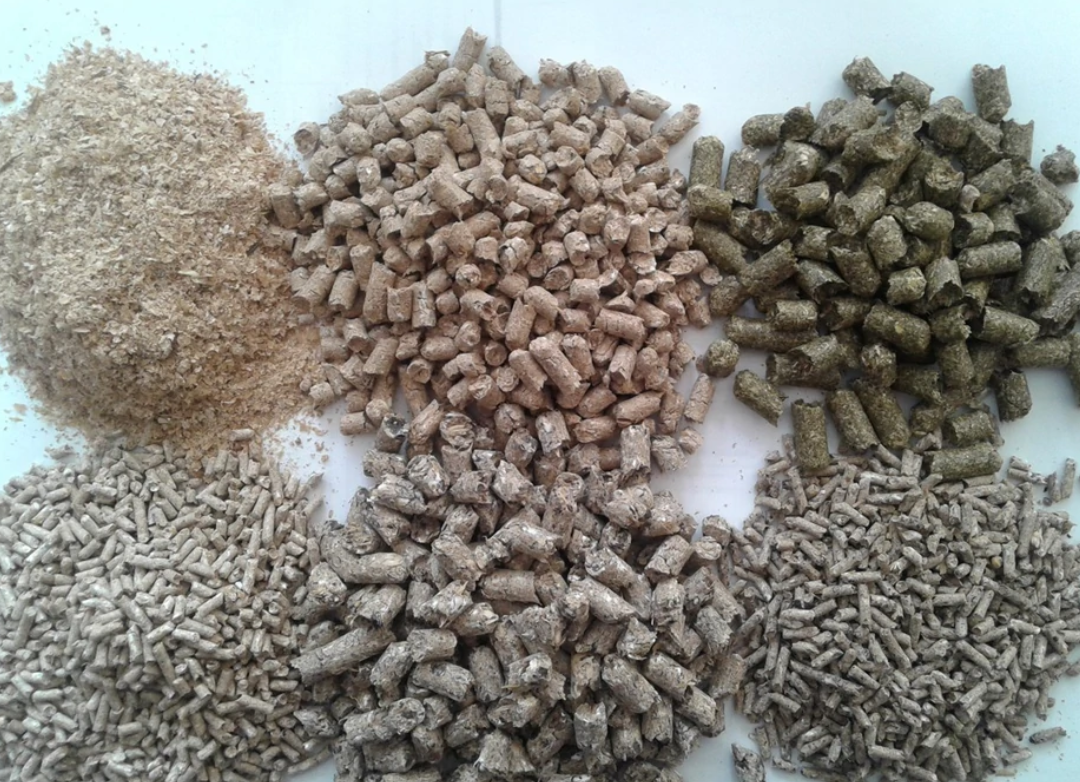EU compound feed production (EU27) for farmed animals in 2021 is estimated at 150,2 Mio t., an increase of 0.03 % compared to 2020, according to data provided by FEFAC members. Except for the pig feed sector, all other sectors managed to stabilize/or slightly increase their production despite the continuing COVID-19 pandemic, global grain market rally, supply chain disruptions and spread of animal diseases in 2021.
Following the 2021 EU critical pigmeat situation, facing challenges of reduced meat demand in key export markets (sanitary import ban & Asia-Pacific’s recovery from ASF), high costs for feed grains, the impact of African Swine Fever and significantly increased 2020 production, the pig feed production decreased by -1.5% in 2021. The countries most affected were particularly Germany, France, Portugal, Spain, Austria, Slovenia and Hungary. The Netherlands and Belgium have continued depopulation of their pig herds in order to lower agricultural environmental emissions.
The EU poultry feed sector managed to increase its production by 1.1 % compared to the previous year and cattle feed production slightly increased by 0.2%.
Market outlook for 2022
Looking at the market outlook for 2022, the EU pig and poultry sector are expected to reduce their activities due to the high cost of feed materials, lower market demand and expanding Avian Influenza outbreaks in several countries. Hence, FEFAC members’ estimates decrease by – 4.2% for pig feed and – 3% for poultry feed. The cattle feed production is expected to decrease by – 1.6%. Overall, the industrial compound feed production is estimated to decrease by – 2.9% (i.e. 4.3 Mio tonnes) compared to 2021. However, market uncertainties remain very high due to ongoing Russian aggression in Ukraine. The immediate loss of feed maize, sunflower meal and other feed materials from Ukraine and Russia could only be partially compensated by increased feed imports, mainly from the US and Canada. Key logistical challenges are persisting on how to move existing grain stocks out of Ukraine and will continue to impact market availability in the new Marketing Year.
PigUA.info by materials pig333.com



